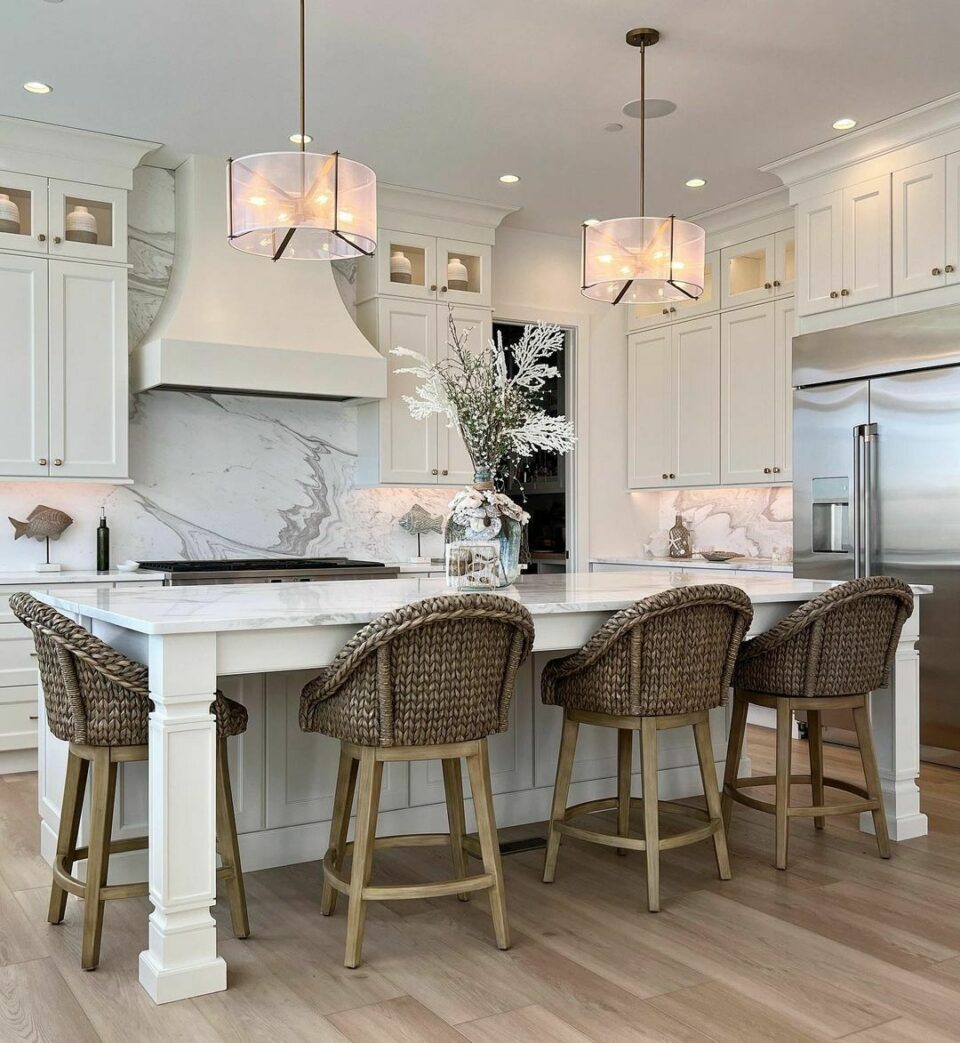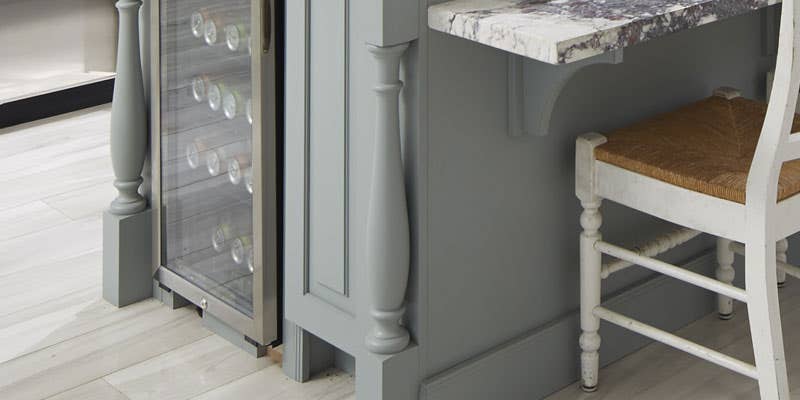Change Any Kitchen Area with Attractive Legs For Kitchen Island Selections
Change Any Kitchen Area with Attractive Legs For Kitchen Island Selections
Blog Article
Crucial Variables to Take Into Consideration When Choosing Legs For Kitchen Island
Choosing the ideal legs for a kitchen area island entails a careful analysis of several variables that can dramatically affect both performance and aesthetic allure. Among these, the choice of material plays a crucial duty in making sure toughness, while the style must enhance the existing decoration. Considerations such as elevation and weight support are essential for security and convenience. As we discover these elements, it comes to be clear that each choice can have far-ranging ramifications for the general kitchen area experience. What subtleties should be thought about in each of these categories to accomplish the optimal equilibrium?
Material Options
When selecting legs for a cooking area island, understanding the various material alternatives is important for accomplishing both visual charm and architectural honesty (Legs For Kitchen Island). The choice of material substantially affects not just the resilience of the island yet also its overall style and performance
Metal legs, frequently made from stainless steel or wrought iron, contribute a commercial and modern-day feeling while making sure toughness and security. These products are immune to use and can support substantial weight, making them ideal for bigger islands.
An additional alternative is crafted materials, like MDF or plywood, which can be much more affordable while still offering a series of coatings. Nonetheless, they may not offer the same level of security as solid wood or steel. Last but not least, products such as acrylic or glass can create a contemporary appearance, though they might require additional assistance to make certain security.
Inevitably, the choice of material for cooking area island legs must align with the wanted performance and the total style of the kitchen area.
Style and Style

When considering design, the form and finish of the legs are crucial. Tapered legs can offer a sense of lightness and beauty, while thicker, much more robust legs can convey strength and security. Furthermore, the finish-- be it painted, stained, or natural-- should enhance the kitchen cabinetry and kitchen counter products to create a unified appearance.
In addition, the layout of the legs can likewise show individual preference. Customized or ornamental legs, such as those including detailed makings or distinct geometric shapes, can act as centerpieces, adding character and individuality to the cooking area. Inevitably, the appropriate option will not just improve functionality but additionally raise the aesthetic appeal, making the cooking area island a standout function of the home.
Height Factors To Consider
Picking the suitable elevation for kitchen island legs is important, as it straight impacts both capability and comfort. The conventional height for a kitchen area island typically ranges from 36 to 42 inches, straightening with common counter top elevations.

It is additionally vital to represent users' elevations and preferences. Tailoring the height can make sure a comfy experience for all household members, making the cooking area island a much more practical and pleasurable room.
Weight Support
Making certain appropriate weight support for kitchen area island legs is vital for both safety and security and performance. The cooking area island commonly serves numerous functions, consisting of food preparation, eating, and additional storage, demanding a robust assistance structure. When choosing legs, it is essential to take into consideration the overall weight capability called for based on the island's meant usage and the materials that will certainly be positioned on it.
The option of product for the legs plays a significant function in their weight-bearing capacities. Solid wood, metal, and sturdy composites typically give superior stamina contrasted to lighter materials. Furthermore, the style of the legs-- whether they are right, tapered, or have a pedestal form-- can influence their capability to disperse weight properly across the structure.
Always speak with the producer's specifications concerning load limits to ensure that the legs can sustain the intended weight without compromising safety. In recap, picking cooking area island legs with appropriate weight support is important for creating a safe and useful culinary space.
Installation and Upkeep
Appropriate setup and maintenance of cooking area island legs are essential for making certain durability and stability. To begin, it is necessary to adhere to the maker's guidelines throughout setup. This frequently involves safeguarding the legs to the island base making use of proper fasteners, ensuring that the legs are degree and lined up. Making use of a degree tool can assist avoid tottering and improve the total aesthetic appeal of the cooking area island.
As soon as set up, normal maintenance is needed to preserve the stability and look of the legs - Legs For Kitchen Island. For wooden legs, regular cleansing with a damp fabric and application of ideal wood polish can protect against moisture damages and keep their finish. Metal legs might require a gentle cleaning remedy to remove grease and gunk, adhered to by a Resources dry fabric to protect against rust formation
Additionally, examine the legs consistently for signs of wear or damage, such as cracks or loose joints. Tightening screws or bolts as needed can likewise lengthen the life-span of the legs. By sticking to these installment and upkeep techniques, home owners can ensure that their kitchen island remains sturdy and aesthetically appealing for several years ahead.
Conclusion

Aesthetic comprehensibility is extremely important in selecting the style and style of legs for a kitchen area island, as these components greatly influence the overall atmosphere of the area. Conical legs can give a feeling of lightness and elegance, while thicker, much more robust legs can communicate stamina and security.Picking the ideal elevation for cooking area island legs is crucial, as it directly impacts both functionality and comfort. In summary, selecting kitchen island legs with sufficient weight support is important for producing a risk-free and practical culinary space.
In verdict, picking legs for a cooking area island demands mindful factor to consider of different elements, including material alternatives, design, elevation, weight support, and installation.
Report this page